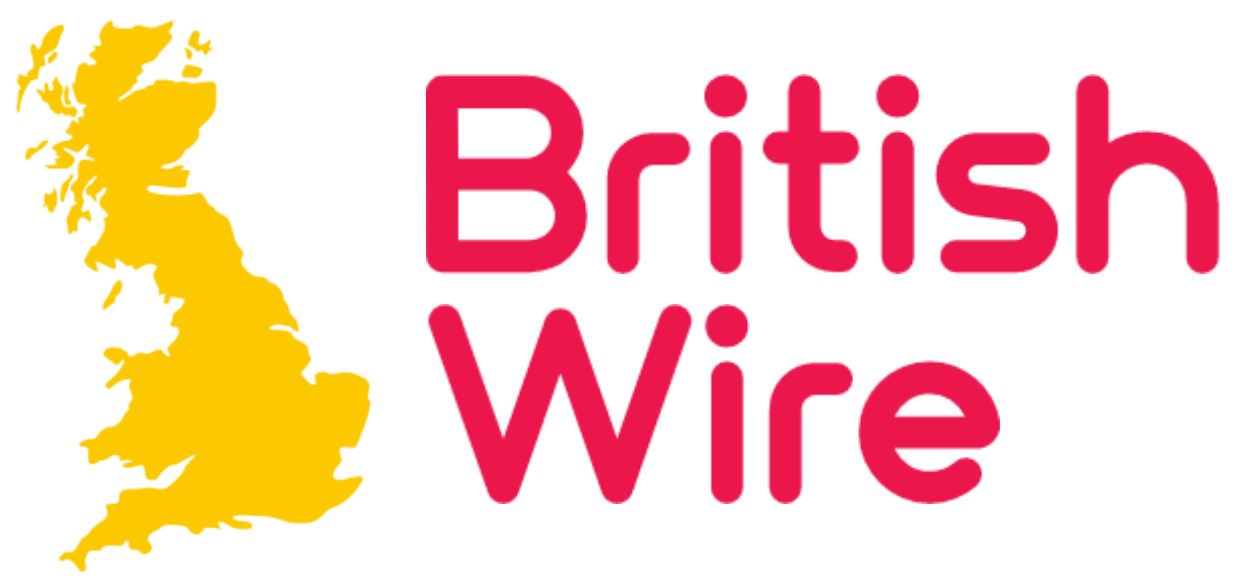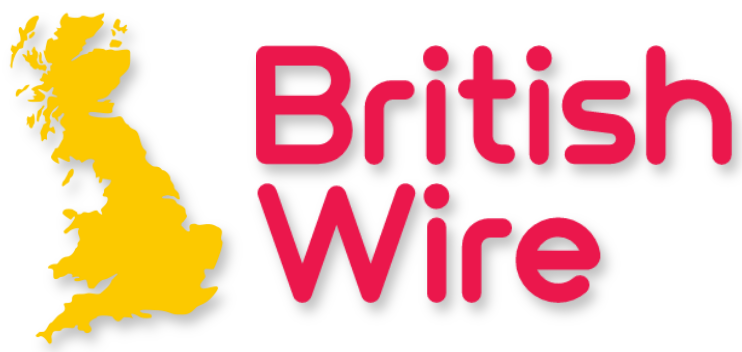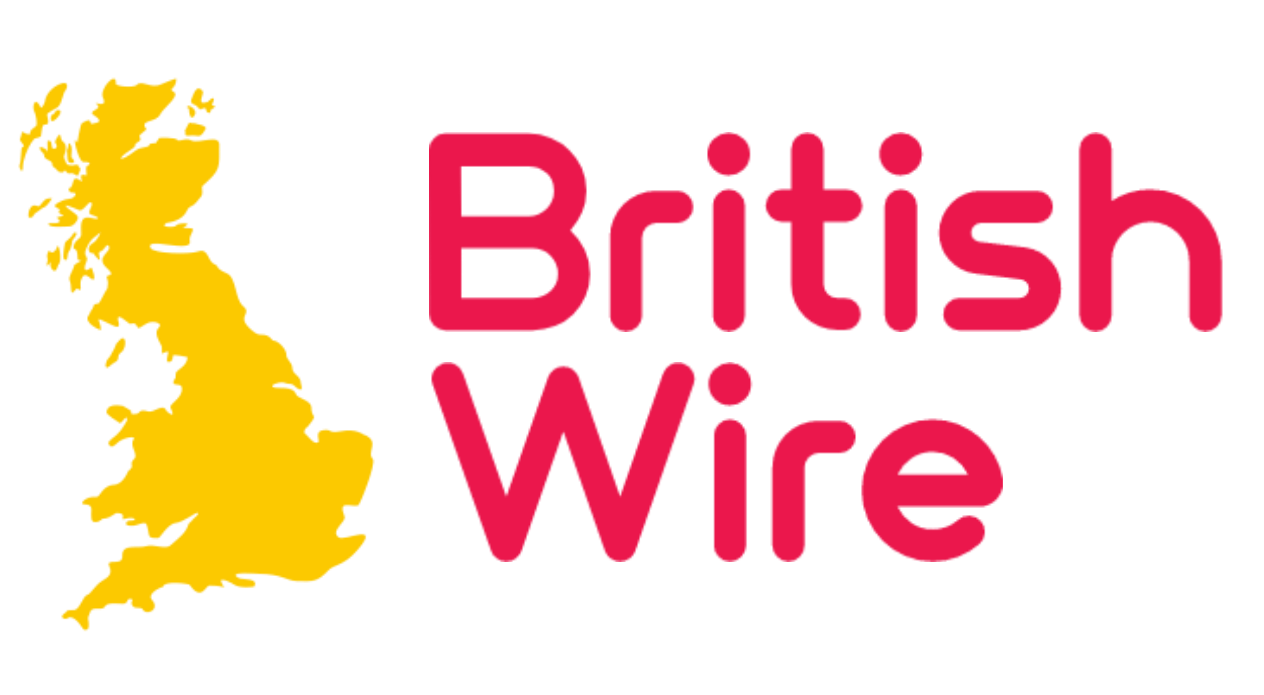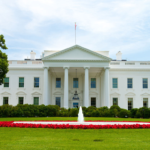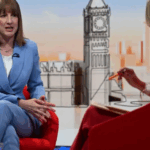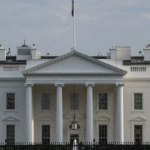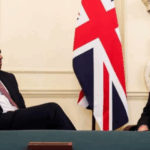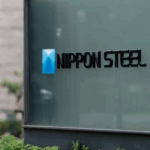The way airlines generate revenue has changed dramatically over the past three decades, with ancillary revenue—income from fees and add-ons—becoming a major part of their business models. Nowhere is this transformation more evident than with Ryanair, which has pioneered new ways of monetising air travel.
From Basic Fares to a Billion-Euro Industry
Thirty years ago, airline tickets covered nearly everything a passenger needed—assigned seats, checked baggage, and even meals. While some airlines generated extra revenue through duty-free sales, it was a relatively small part of their overall earnings.
That began to change in the mid-1990s, when low-cost carriers like Ryanair and EasyJet introduced the no-frills model, aiming to cut costs and lower fares. Initially, the focus was on streamlining operations—reducing staffing, maximising aircraft efficiency, and filling planes.
But over time, the emphasis shifted from cost-cutting to creating new revenue streams.
The Turning Point: Baggage Fees and Beyond
A major milestone came in 2006, when Ryanair introduced baggage fees for all checked bags. The initial cost was €3.50 per checked bag if booked online, or €7 at the airport. At the time, the airline framed the change as “revenue neutral”, claiming it would reduce fares and improve efficiency.
However, the impact was immediate. By 2007, ancillary revenues made up 19% of Ryanair’s total income. By 2014, that figure had risen to 29%.
Fast forward to 2024, and ancillary revenues now account for 32% of Ryanair’s total income, generating over €4.2 billion last year alone. While ticket revenues have grown 35 times since 1999, ancillary revenues have surged by an astonishing 116 times.
How Ryanair Perfected the Art of Add-Ons
Ryanair’s success in ancillary revenue is due to a combination of technological advances, pricing strategies, and consumer habits. The airline has:
Expanded its offerings, from baggage fees to priority boarding, seat selection, in-flight food, and scratch cards.
Leveraged online booking systems to promote add-ons like car rentals, hotels, and travel insurance.
Gradually increased baggage fees, now charging between €19 and €60 for a 20kg checked bag—compared to just €3.50 for 30kg in 2006.
This strategy has not only boosted revenue but also influenced passenger behaviour. In 2008, Ryanair raised baggage fees twice in an effort to push more passengers toward online check-in and discourage checked luggage altogether. By 2013, CEO Michael O’Leary revealed that the proportion of passengers checking bags had fallen from 80% to just 19%, saving the airline millions in handling costs.
The Next Phase: Monetising Carry-On Bags
By 2018, Ryanair had perfected its ancillary revenue model and introduced charges for larger cabin bags. Passengers could still bring a bag for free—but it would be checked into the hold, meaning they’d have to wait at baggage claim.
Over time, Ryanair eliminated free cabin bag allowances, forcing passengers to either pay for priority boarding or accept longer wait times.
A Broader Industry Trend
Ryanair’s fee-driven model has set the standard for budget airlines worldwide. Competitors like EasyJet and Vueling have doubled their ancillary revenues in recent years, with EasyJet’s extra fees now accounting for a quarter of its total income.
Meanwhile, Ryanair continues to push the boundaries. Whether it’s in-flight phone calls, internet access, or new seat selection pricing, the airline is always finding ways to turn passenger preferences into profit.
For passengers, this means that while ticket prices may seem low, the true cost of flying depends on the extras. And with ancillary revenues now a multi-billion-euro industry, there’s no sign of airlines stepping away from the model anytime soon.
